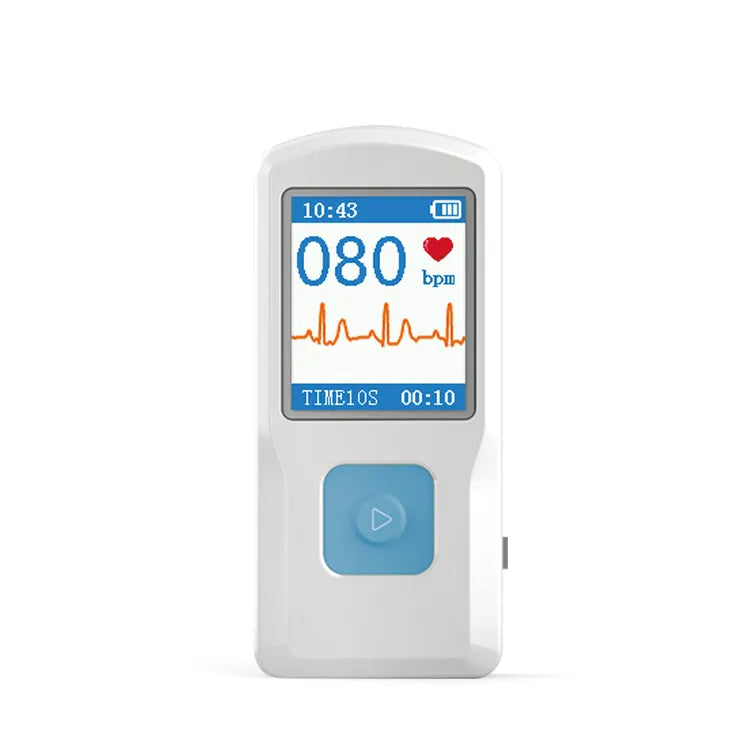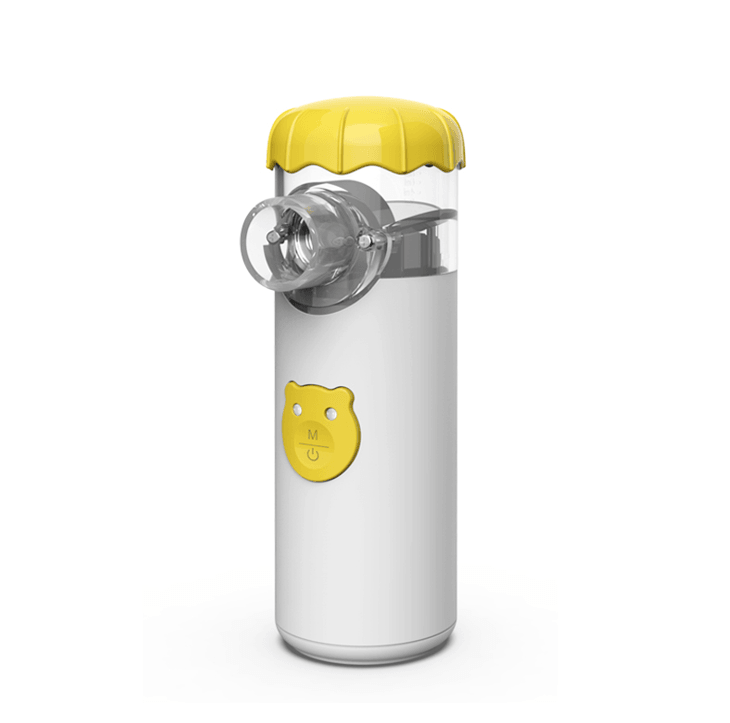Since 2011, indirect spend has been growing by an estimated 7 percent per year globally. Even so, many organizations fail to give indirect categories the attention they deserve.
Common challenges are apparent across industries. Spending is often fragmented among multiple locations, business units, and categories, making it hard to identify and capture enterprise-wide savings opportunities. Leaders of indirect-procurement functions typically lack sufficient clout within the organization to obtain the technology and talent they need. And most companies do not have mechanisms to monitor indirect categories and reflect their performance on financial statements.
To overcome the challenges, companies need a new vision for indirect procurement that combines cutting-edge tools and practices, as well as traditional approaches to category management, to address fundamental issues relating to processes, capabilities, and data. Using this coordinated, technology-enabled approach, global companies are already achieving marked improvements that allow them to capture the untapped value of indirect procurement.
Simply put, evolution is not enough. To succeed in the 2020s, companies need a revolution in indirect procurement.
The distinctive elements of the new vision
What makes the new vision for indirect procurement so powerful? Certainly, digital technologies and best-in-class practices provide the foundation. But these are just the starting point. To unlock the full potential, these elements must be applied comprehensively (exhibit). In the Appendix, we set out the differentiating features of each element of the approach. Here, we describe the most advanced solutions relating to each element.
Intelligent spend engines. These digital tools, blended with machine-learning technologies, use automated engines to classify and categorize spending. Full transparency into analytical opportunities and validation status is enabled by automated data extraction from enterprise resource-planning (ERP) systems and databases, along with automated harmonization and classification. By integrating data pools and analytics functions, the tools can recognize cross-category synergies. Machine-learning features improve the tools and perform data cleansing, categorization, and enrichment activities. Visualization software translates the results into reports and drillable dashboards. Taxonomy booklets provide up to five levels of granularity on the basis of global best practices.
The enhanced transparency and standardization can drive significant bottom-line savings. For instance, merged companies face the challenge of integrating multiple ERP systems, fragmented taxonomies, and limited visibility on actual spend across the organizations. Intelligent spend engines can, for example, identify similar maintenance parts used by both companies and consolidate vendors. In our work supporting post-merger integration programs, we have seen these tools enable savings of 10 to 12 percent.
Advanced analytics solutions. Companies can use advanced analytics enhanced with target-setting tools to identify cost-saving and process-optimization opportunities. Several types of target-setting tools are available:
- Category-specific. Automated solutions—hard-coded into analytics—identify, apply, and monitor standard and advanced levers unique to a category.
- Smart workflows. These platforms review the forecast spending per category and activity and provide a guide to integrated best-practice actions for selected categories. Buyers use the insights to develop negotiation strategies for each category.
- Functional advanced analytics tools. To improve category functionality, buyers can apply a variety of tools, including: network optimization tools; automated, real-time KPI dashboards and executive scorecards; parametric clean-sheets, and eSourcing tools powered by artificial intelligence and advanced analytics.
Product and service costs can be reduced by 10 to 25 percent, while the manual effort for supplier governance can decrease by 30 to 50 percent.
*Orginal from www.mckinsey.com











